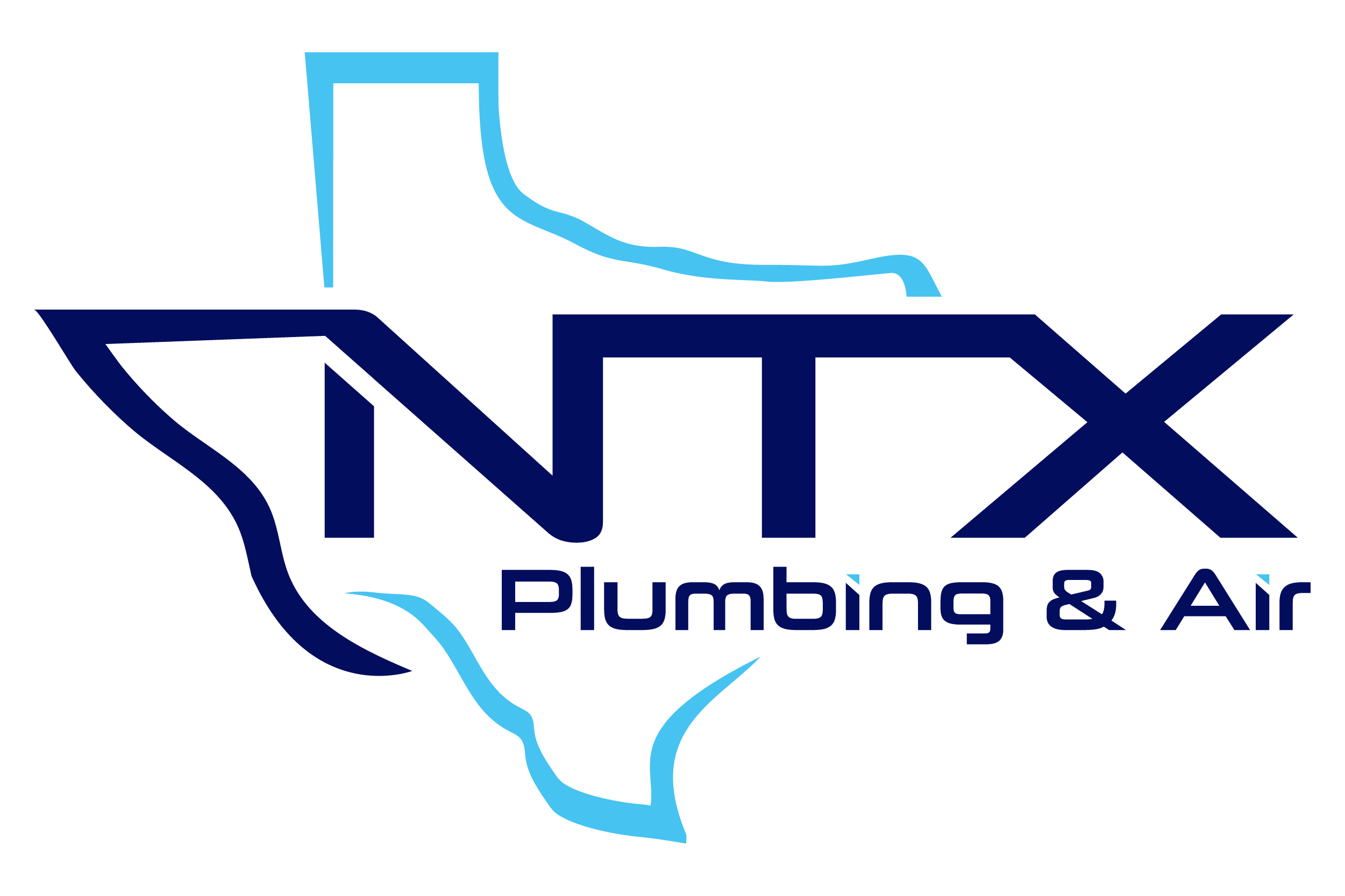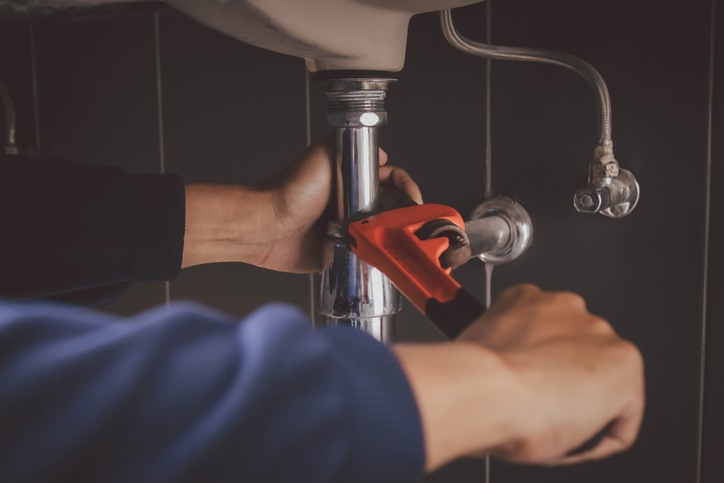Introduction
Cold temperatures can quickly turn minor plumbing issues into major household emergencies. When water inside pipes freezes, it expands, placing immense pressure on the pipe walls. If not addressed quickly, this often leads to cracks, bursts, and water flooding your home. While prevention is always the goal, sometimes damage occurs despite your best efforts. That’s where plumbing repair in Richardson, TX, becomes vital, offering targeted solutions to restore water flow and prevent further structural damage.
How to Fix Broken or Frozen Pipes at Home
1. Understanding Why Pipes Freeze and Break
Freezing temperatures cause water molecules to expand, increasing pressure within the pipe. Pipes in uninsulated areas—like attics, basements, and exterior walls—are especially at risk. As ice forms and blocks the pipe, pressure builds behind it, often resulting in a rupture when temperatures rise again. Even newer homes with modern insulation can face this issue if exposed sections go unnoticed. Recognizing these weak points allows homeowners to act before real damage occurs.
2. Signs of Frozen or Damaged Pipes
Not all plumbing problems are immediately visible. If you turn on a faucet and only a trickle of water comes out, it could signal a frozen pipe. Other symptoms include strange noises in the walls, frost on exposed pipes, or damp spots that appear overnight. A musty smell can also hint at a slow leak behind drywall. Prompt action helps reduce water damage and mold buildup, especially in hidden areas.
3. Thawing Techniques That Avoid Damage
If you suspect a frozen pipe but it hasn’t burst, act quickly. Turn off the water supply to prevent pressure from causing cracks. Use a space heater, heat lamp, or hair dryer to gently warm the frozen section—never use an open flame. Start from the faucet end and work toward the frozen area to allow water to escape as it melts. Apply warm towels or heat tape for more controlled thawing in tight spots.
4. Repairing a Burst Pipe Safely
Once a pipe bursts, turn off your home’s main water valve immediately. Mop up excess water to prevent structural damage and electrical hazards. For minor cracks, temporary pipe repair kits offer short-term relief until a professional can assess the issue. In larger breaks, sections of pipe may need cutting and replacement. A plumber will assess the surrounding areas for hidden weaknesses, as one failure often leads to others if left unchecked.
5. Preventing Future Freezing Issues
Prevention starts with insulation. Wrap exposed pipes in foam sleeves or fiberglass, especially in crawl spaces and exterior walls. Keep cabinet doors open during extreme cold to let warm air reach the indoor plumbing. Drip faucets slightly overnight to keep water moving, reducing the risk of freezing. Seal cracks in exterior walls to block out cold drafts. Investing in regular plumbing inspections helps catch vulnerabilities early, saving you from future winter disasters.
Frozen and broken water pipes create major risks for homeowners during colder months. Quick action at the first warning sign limits water damage and costly repairs. From thawing to replacing damaged lines, taking the right steps matters. Working with a skilled plumber, much like hiring experts for drain cleaning in Dallas, TX, helps get the job done properly. Stay ahead of freezing issues by maintaining smart habits and responding before small problems grow.
Conclusion
Don’t wait for frozen pipes to burst—contact NTX Plumbing for expert plumbing repair near Frisco, TX. We’re ready to restore your water flow quickly and protect your home from further damage.
📌NTX Plumbing – Trusted by Texans for fast, reliable, and friendly plumbing & HVAC solutions that keep your home running smoothly.
Don’t Miss These Reads
Top Signs You Need Plumbing Repair Services ASAP
Unveiling the Secrets of Effective Plumbing Repair Services
Plumbing Repair Services: Top Signs When to Call a Professional





